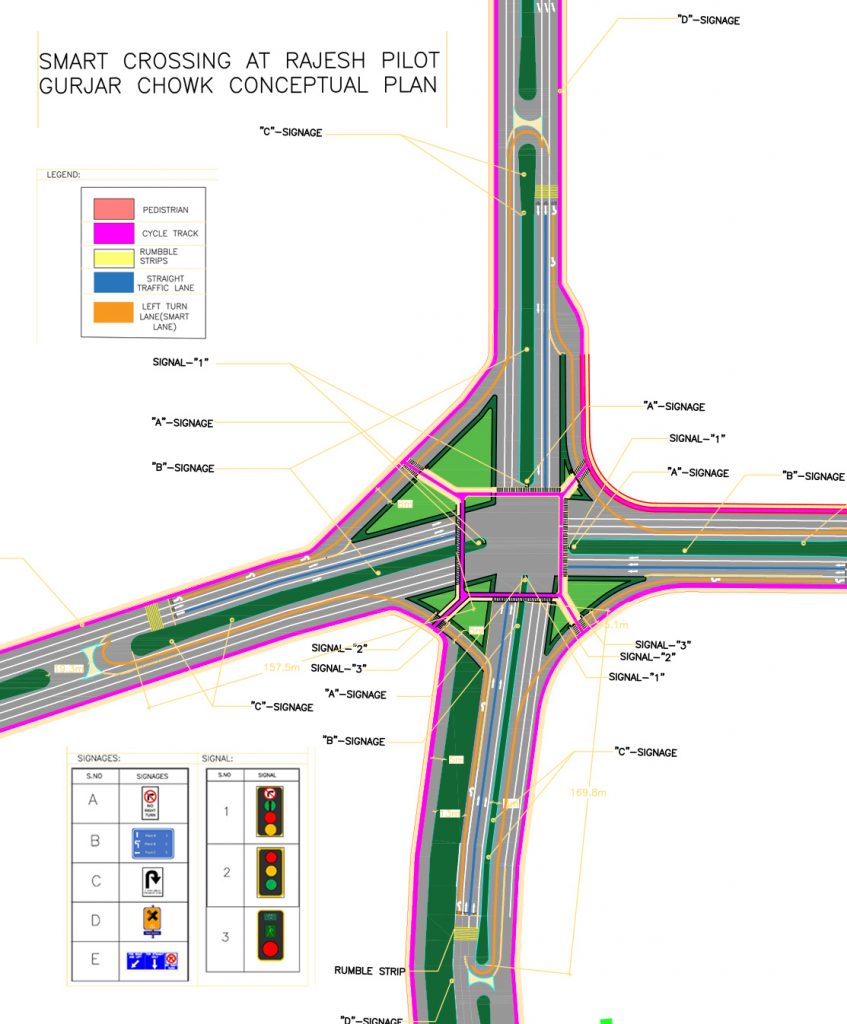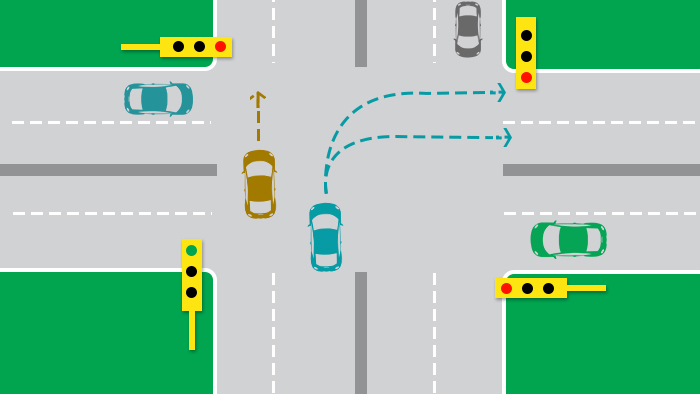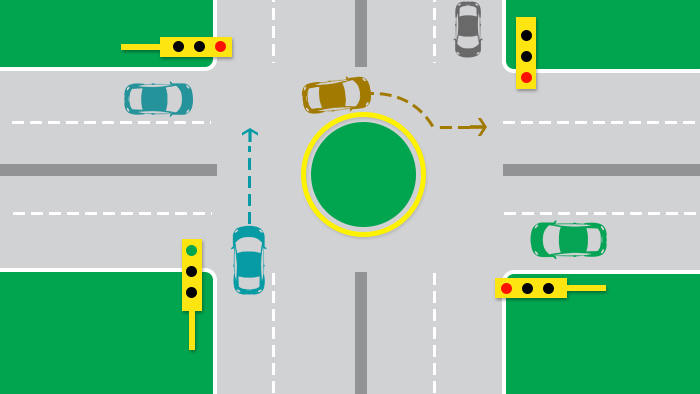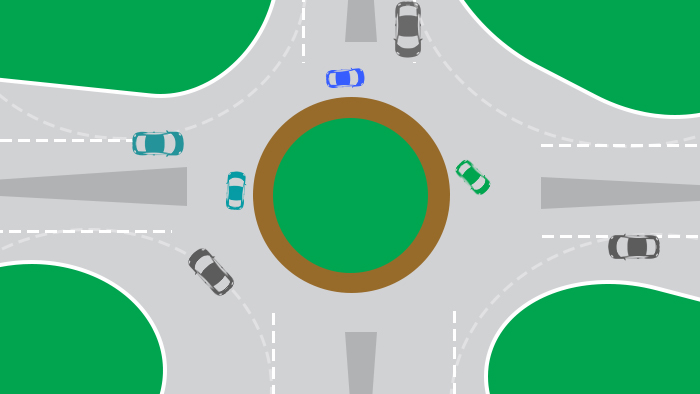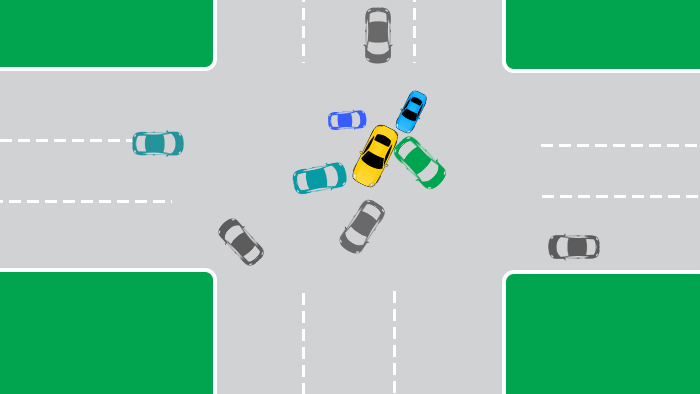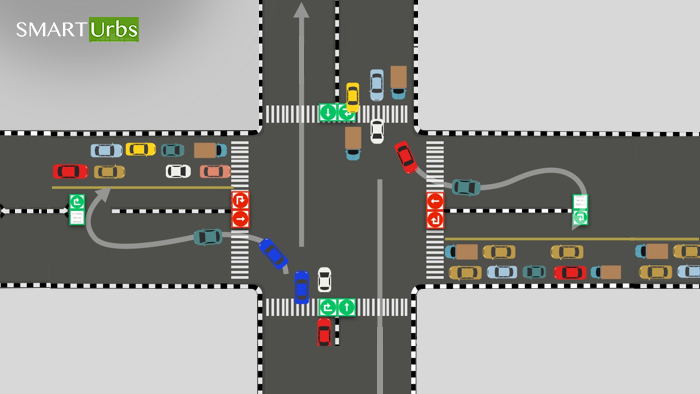
In fast-growing metropolitan regions, traffic congestion has become a key concern influenced by economics, population growth, transportation infrastructure, and the ever-increasing availability of ridesharing and delivery services. Although larger cities generally exhibit higher congestion levels the negative consequences of traffic, including the loss of time, increase in urban pollution, and risk of accidents, is pervasive throughout many urban centers. The delays caused by congestion have effectively contracted business markets and raised production costs by reducing urban agglomeration economies.
In recent decades, Bengaluru as a metropolis has witnessed explosive growth – both in terms of population, which has doubled since 2001, and growth in vehicles, which has more than quadrupled in the same period. With a vehicle ownership rate of about 780 vehicles per 1,000 persons that contribute to about 10 million tons of CO2 annually. This has significantly stressed the city’s road infrastructure, leading to congestion and increases in pollution. As per the Comprehensive Mobility Plan for Bengaluru, an average citizen of Bengaluru spends more than 240 hours stuck in traffic every year. For some time, the lack of transport-oriented development policies, and inefficient public transportation system, combined with unmanaged land use and narrow roads, contributed to its congestion issues.
As Bengaluru is a ring-radial patterned city similar to Delhi, Hyderabad and Ahmedabad, so it doesn’t have a well-formed grid network – thus, longer travel times, compared to a linear city. Also, as per CMP Bangalore, nearly 84% of households have motor vehicles- about 20% have one car, and 60% of households have at least 1 scooter/motorcycle. And 48% of the total trips are contributed by public transport, much lower than Mumbai, Kolkata which is 80% followed by two-wheelers (23.5%) and car/taxi (21%). On average, the city witnesses approximately 100 – 110 lakh trips every day, out of which 35 – 42 lakh trips are on BMTC buses, 4 – 4.5 lakh trips are on Metro and about 1.5- 2 lakhs trips on Suburban Rail. The average trip length is 1.0 Km by walk, for 2-wheelers 9.8 km, for car and taxi is 10.2 km and 13.1 km and for Bus it is about 12 km. Analyzing the mode share, public transport in the city has failed to keep up with the demands of its rapidly expanding urban population, while travel characteristics and socio-economic aspects such as high working population, lower travel distances and rising congestion levels are in favor of public transport. Therefore, a shift from private to public transport could be incentivized to address the issues.
Presently, public transport in Bangalore consists of several intra-city commute modes such as BMTC buses, Namma Metro rail services, taxis and auto-rickshaws, among intercity forms of transport: Government operated KSRTC, NWKRTC, KKRTC, other states RTC buses, Private bus operators, and trains. Although BMTC buses are considered to be the lifeline of the city with a fleet of 6650 buses and average ridership of 51 lakh, each bus takes 5-6 round trips. Railways, within Bengaluru and suburban areas, make about 120 trips per day and have a ridership of 1.5 lakh approximately and the metro has a share of 4.5 lakh. But, the actual ridership is different as each ticket they buy is considered in the ridership.
In metro and railway generally, tickets are purchased before boarding and for the entire journey but for buses at every interchange there is a need to buy fresh tickets, hence fluctuating the rideshare data. Bangalore public transport has issues with last-mile connectivity- to avail of any services, one has to opt for multiple modes. Lakhs of people would have used multiple buses to go to a destination that doesn’t have a direct bus. These commuters would also have taken the Metro if the bus is a feeder bus. Also, a significant amount of time is being lost in interchange, this also creates discomfort among users. The volume of ridership to capacity ratio of buses is also high, therefore promoting private vehicles ownership.
So, the Bengaluru mass transit/ public transport system needs to undergo massive improvement to be perceived as an attractive, accessible, and reliable substitute for private commuting options. This process will entail addressing several barriers obscuring accessibility to public transport, such as long travel times, limited or lack of dynamic passenger information to commuters and limited or lack of seamless first and last-mile connectivity.
POLICY MEASURES TO ENHANCE THE PUBLIC TRANSPORTATION SYSTEM OF BANGALORE
Expand reach and augment the capacity of public transport systems- The areas of operation of existing public transportation systems, both road-based and rail-based, should be expanded across the city to offer commuters convenient mobility alternatives. In addition to increasing the capacity of current networks to provide frequent and reliable transportation services for passengers during peak and off-peak hours.
Improving the operational efficiency of public transportation systems- While the development of infrastructure and capacity for public transportation is vital, these systems must also achieve operational efficiency to improve passenger convenience and throughput. Bengaluru Metro has a large potential capacity throughout, enhancing the passenger experience by providing optimized service frequency on-time performance.
Integrated Ticketing System- Presently, there is no formal integration of ticketing for Metro and BMTC users. The smart card-based automatic fare collection system which provides for seamless ticketing needs to be integrated at the earliest.
Improving perceptions of buses- There is a perception (primarily class-based) that metros are far more convenient and attractive than buses. Instead of pandering to this bias – at huge expense – in metros, tickets are typically purchased before boarding, or contactless payment options are available, and there are multiple entrances for boarding and alighting, saving time and enhancing customer experience. Presently in India and globally, there are two- and three-door variants available for buses, but bus operators generally prefer single-door buses as they offer more seating space and are simple and easy to prevent fare skipping. The advantage of considering additional doors bus models, especially once ticketing is streamlined, would be that dwell times may be significantly reduced, allowing buses to operate more frequently and boosting hourly capacity for just a minor increase in overhead.
Promote shared mobility for first and last-mile connectivity: First and last-mile connectivity plays an important role in promoting the use of public transport but for Bangalore lack of connectivity to public transit from inner localities and unavailability of shared mobility services such as IPT, bike ride-sharing, e-rickshaws, e- scooters, feeder uses, shuttle services etc. So, park and ride services can be developed and re-defined catering differently to local and longer-distance traffic. Travel hubs can be developed across the city for seamless connectivity. This will also improve the perception of the buses.
Augmenting Inbound flow technique to manage the traffic- It is a powerful technique for managing morning and evening peak traffic flows efficiently, and for providing bus priority without the need to build bus lanes right into a city.
Alternative transportation infrastructure- To increase the use of alternative transportation methods, such as bike lanes, carpool lanes, bus-only lanes, bus tunnels or streetcar tracks, and more. It is being observed that the degree of effectiveness expected from these types of designated alternative-transit infrastructures is increased by their degree of separation from conventional vehicle lanes. Thus, completely separated lanes or exclusive spaces more effectively streamline traffic than simply painting lanes or messages on existing pavement.
Decarbonizing public transport system- Electrifying the inter-city and intra-city buses in phases by retrofitting the existing buses and replacing the old fleet with new low carbon emission vehicles.
Creating compact cities that reduce distances to public transport- increasing land density and incorporating land-use diversity in the planning and development of cities can encourage the use of walking, shared mobility, NMT and mass transit. This approach will not only reduce congestion on roads but will contribute significantly towards reducing local air pollution.
Establishing a unified transport governing authority/ agency for MAaS Integration- Establishing a mechanism for planning, capacity building and accountability fragmentation in the governance of urban transport leads to conflicting objectives and inequitable distribution of transport investments. The establishment of a single organization at the city level is necessary for integrated planning of mobility infrastructure, coordination among different public agencies responsible for mobility services, capacity building in transit agencies for optimization of mobility services, development of a framework for accountability of those agencies, advisory role to State Government for regulatory functions, and the setting up of common infrastructure to different service providers for greater multi-modal integration.
Conclusion
Traffic congestion is driven by many factors, including insufficient public/mass transportation infrastructure, and the need to travel is changing with the scale of the economy, rapid urbanization, globalization, etc. These measures could only fulfil the demands in the short run, further, it needs to be scaled in response to demand. Therefore, additional urban infrastructure, such as road network length, mass transport systems (metro, trams, etc.), urban density, and smart traffic solutions, must be enhanced in tandem with the city’s economic growth.
Source: Limited, Infrastructure development corporation (Karnataka). 2018. Comprehensive Mobility Plan for Bangalore. Urban development department, GoK, Karnataka: Bangalore Metro Rail limited, Directorate of Urban Land Transport, Urban development department, GoK. Accessed March 24, 2022. https://kannada.bmrc.co.in/FileUploads/2e1d9d_CareerFiles.pdf.


